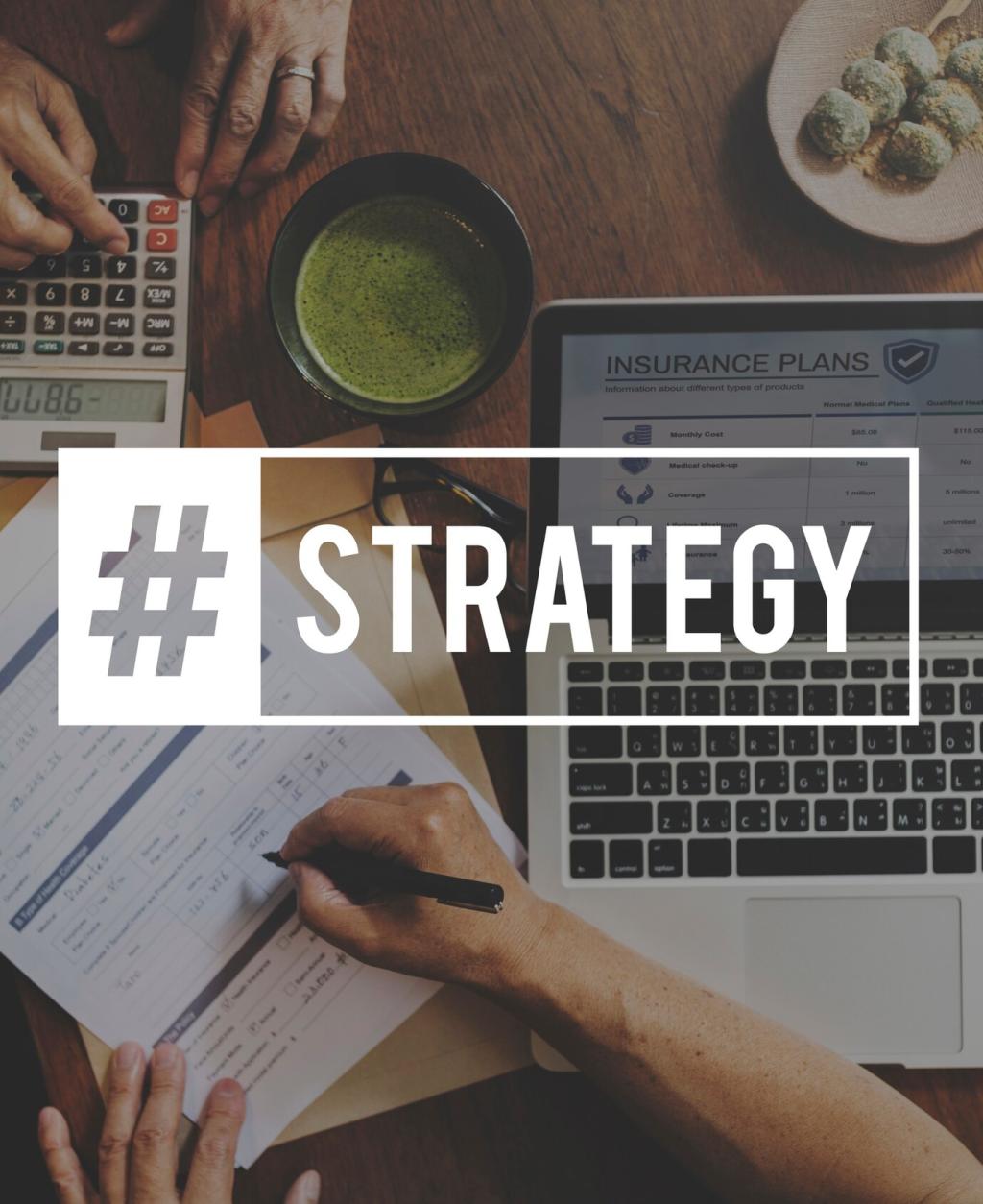Structuring Your Speech for Maximum Impact
Why Structure Multiplies Influence
The Hook–Bridge–Promise Trio
Open with a vivid hook, connect it to your core message with a tight bridge, then promise a specific payoff. This simple trio primes attention, sets expectations, and earns permission to lead.
The Three-Act Spine
Organize your speech into setup, confrontation, and resolution. A community fundraiser I coached doubled donations after reworking updates into this arc, making progress, obstacles, and outcomes unmistakably clear.
Signposting Reduces Cognitive Load
Research suggests working memory handles only a few chunks at once. Clear signposts like first, next, finally free bandwidth, helping audiences track ideas and remember what matters long after you finish.



Crafting an Unforgettable Opening
Begin where expectations break: a surprising statistic, a bold claim, or a vivid scene. Contrast jolts attention, and when you immediately tie it to your central question, you establish purposeful momentum.
Crafting an Unforgettable Opening
Lead with a human moment that embodies your point, then unfold the necessary context. People remember characters and stakes before numbers and dates, so let narrative carry the weight of meaning.
Designing a Body That Moves People
Problem–Agitation–Solution Flow
Name the problem clearly, make its consequences felt with concrete examples, then introduce a solution that fits the pain. This structure activates urgency while positioning your message as timely and necessary.
The Rule of Three with Contrast
Group your core ideas into three distinct pillars. Sharpen contrast between them—past versus future, cost versus benefit, risk versus opportunity—so listeners can categorize quickly and recall easily after the talk.
Data–Example–Takeaway Loop
Present a single data point, anchor it with a specific example, then distill a memorable takeaway. Repeat the loop for each pillar, creating a consistent rhythm that audiences intuitively learn and trust.
Transitions That Carry Momentum
Use phrases like here is where this leads or let’s land this in the real world to announce movement. Brief previews of what’s next keep curiosity alive and attention anchored.

Close the Loop, Raise the Stakes
Return to your opening story with new understanding. Show what changes if listeners act now versus wait. This contrast transforms a summary into urgency without sounding manipulative or forced.
A Call to Action That Fits the Arc
Make your ask the natural consequence of your narrative, not a bolt-on. Specify a simple, immediate step and a longer-term ambition. Tell us your planned call to action for feedback.
The Final Pause That Lets It Land
After your last sentence, pause. Silence signals completion and gives the audience time to process. Resist nervous chatter; let your structure do its final, confident piece of persuasive work.



